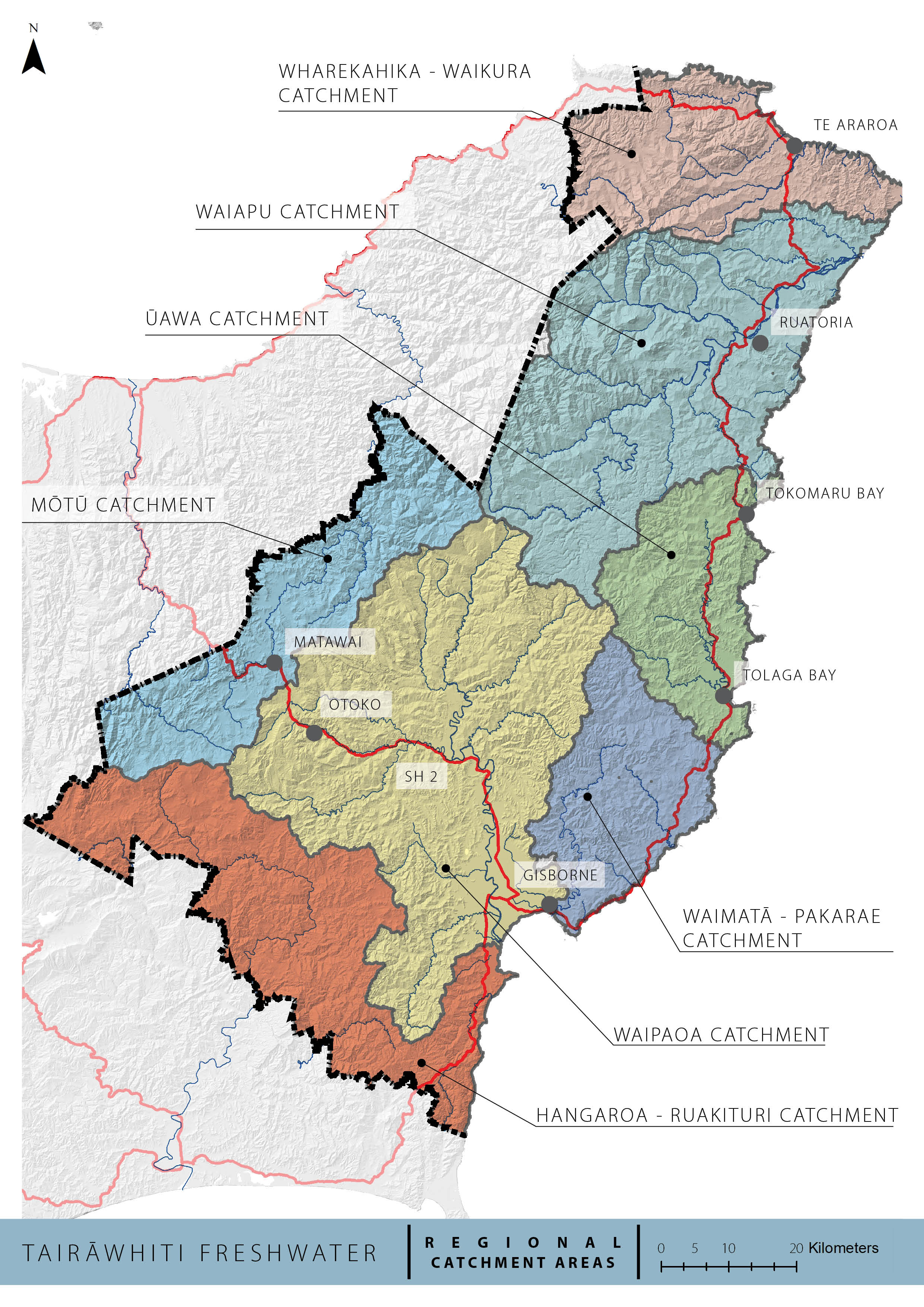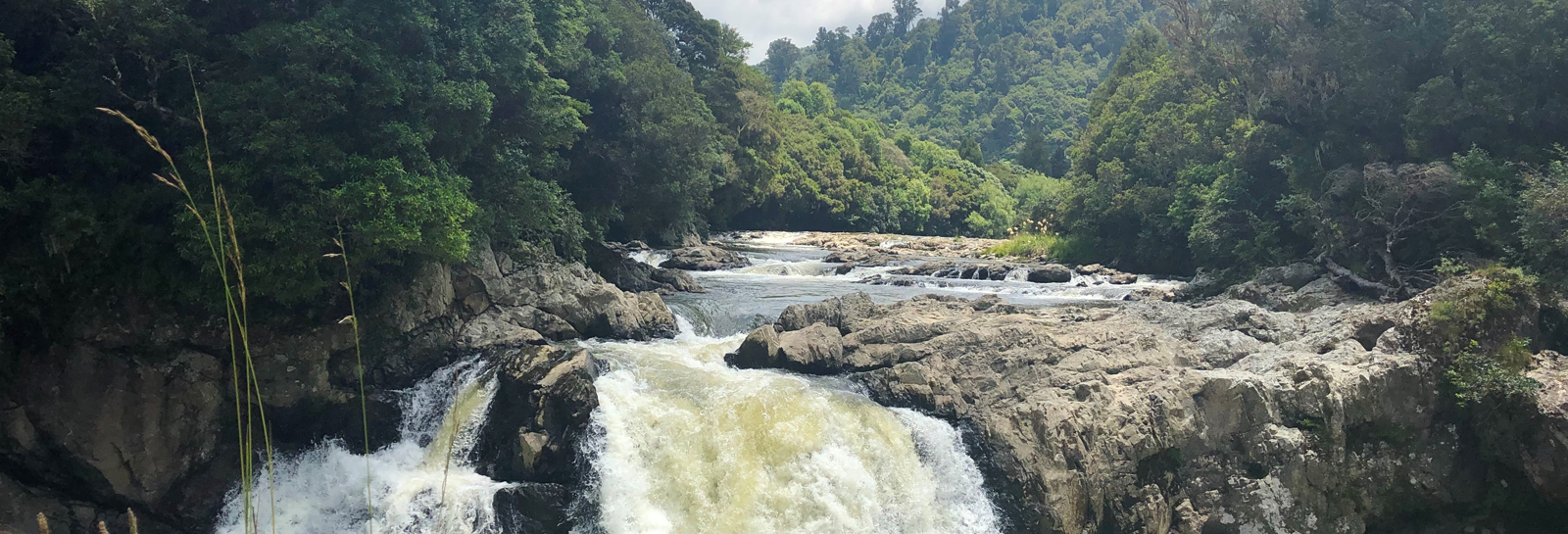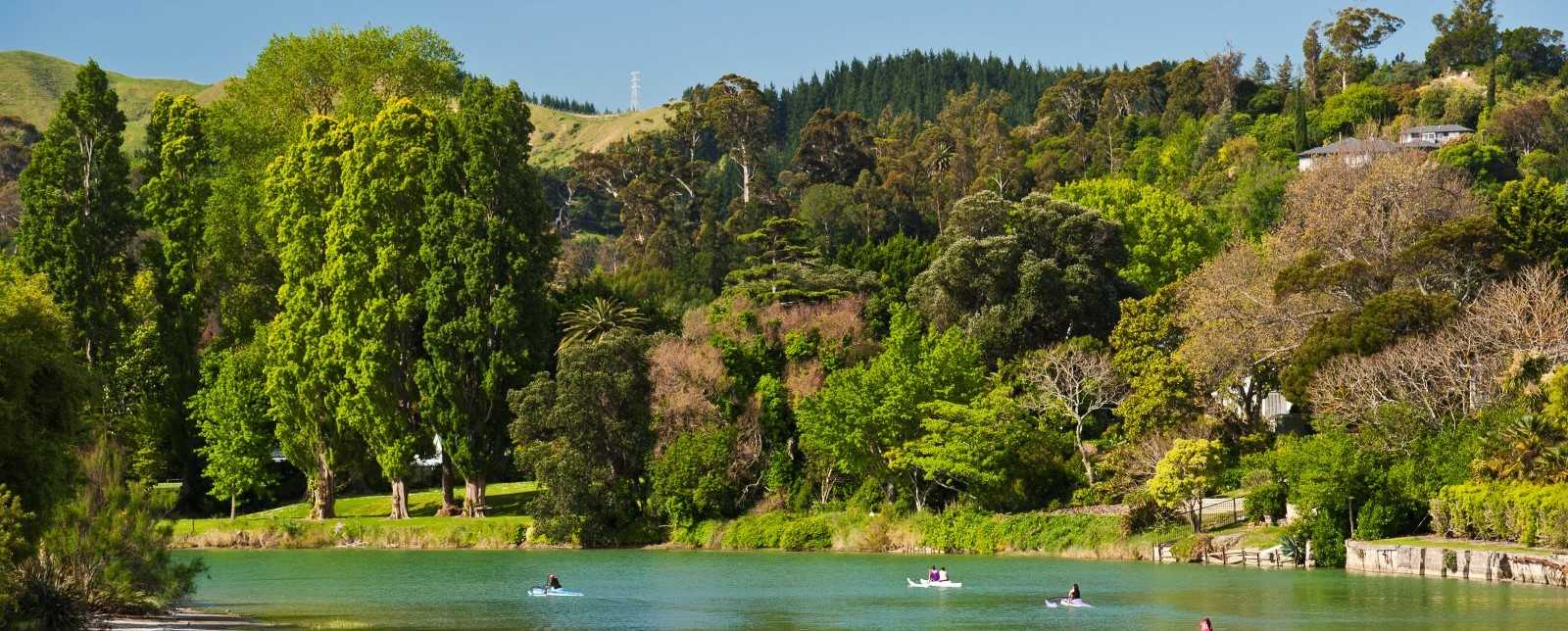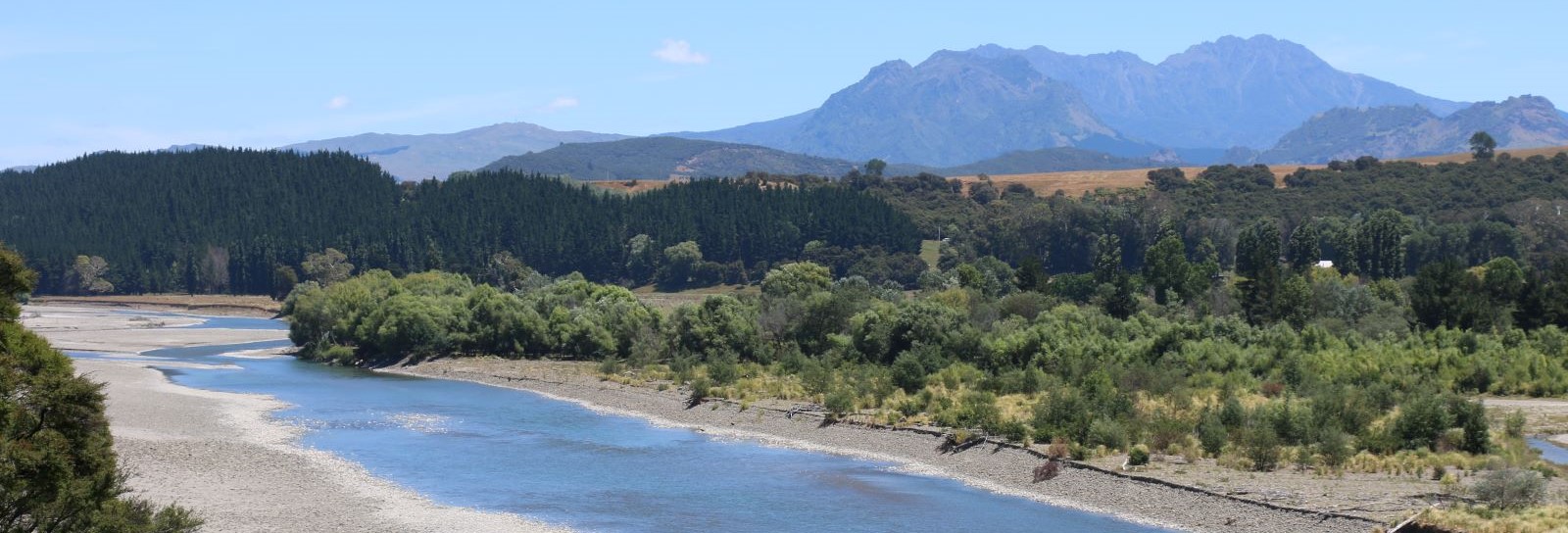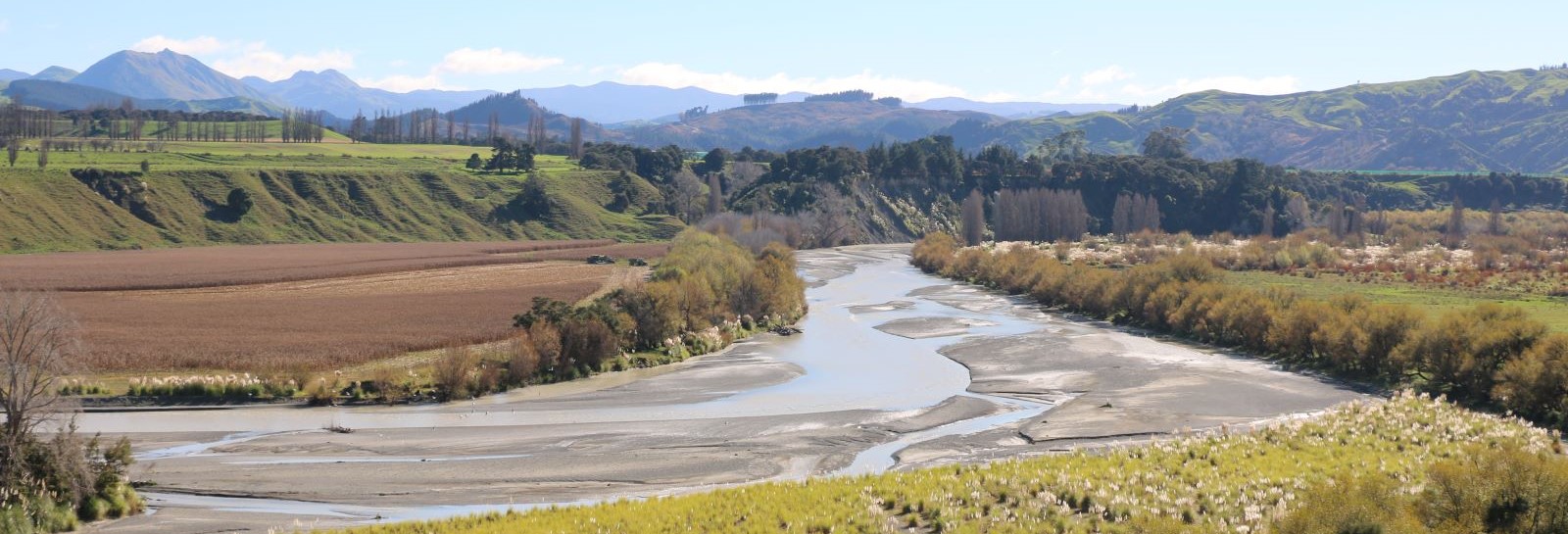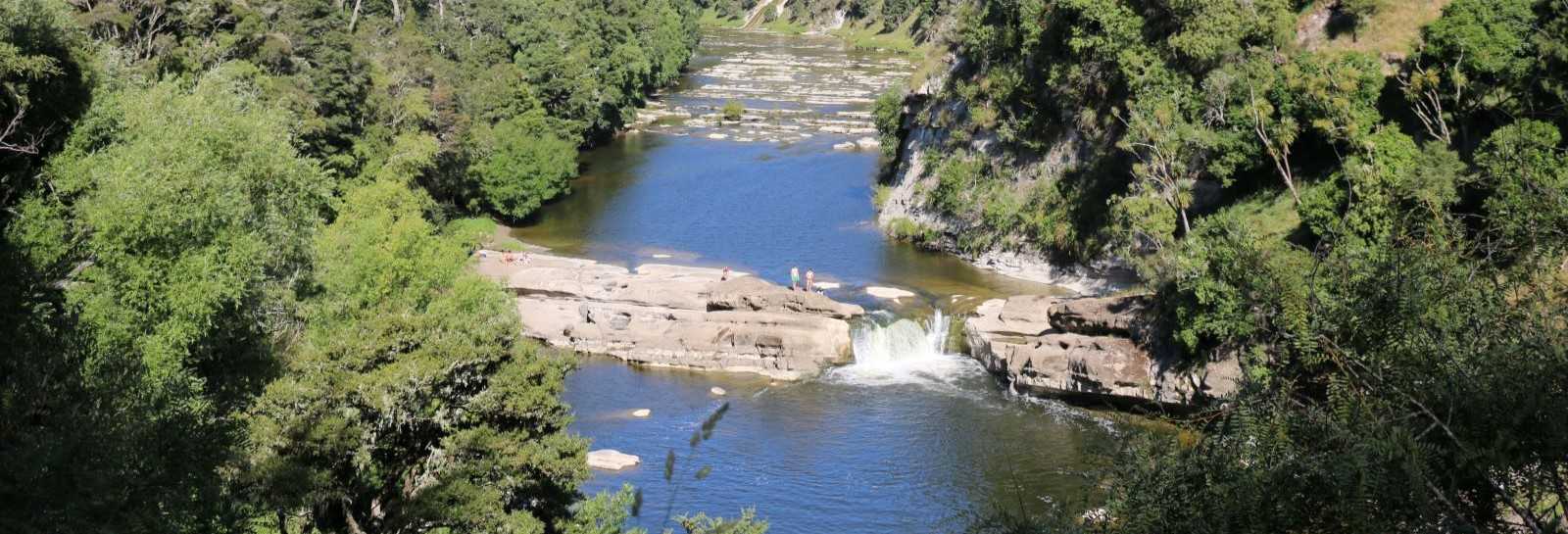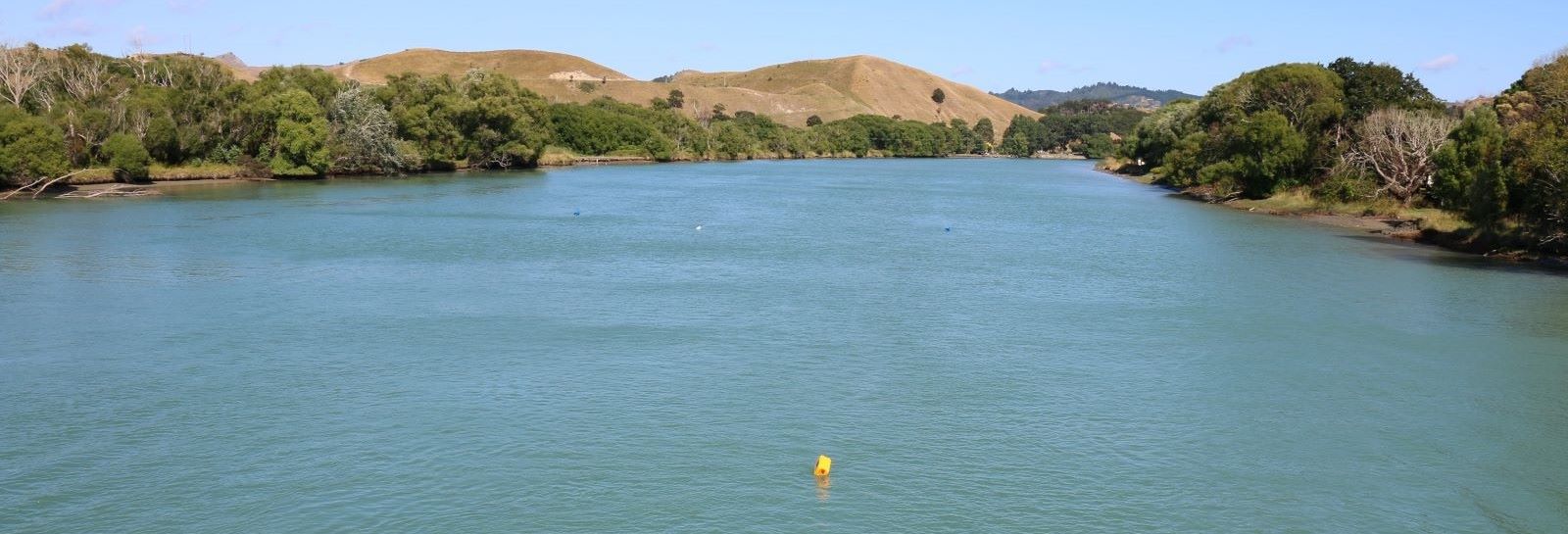Catchments are areas of land that drain water from the top of surrounding hills down into rivers, a lake, an estuary or the open coast.
Managing freshwater at a catchment level
What happens on land in a catchment can impact the water quality in the river and ultimately our coast. It can also affect the amount of water in rivers and lakes.
As part of the review of our Tairāwhiti Resource Management Plan, we're reviewing our river catchment plans and the Regional Policy Statement for Freshwater. All freshwater management decisions must now guided by the concept of Te Mana o te Wai.
Plan Stop legislation is now in effect
The government’s Plan Stop legislation came into effect on 21 August 2025. This means that until 31 December 2027, councils can’t notify new plan changes or reviews unless they have an exemption.
We are reshaping our resource management planning work programme to be prepared for the transition to the new resource management system. Draft policy direction and legislation about the new system is being worked on by the Ministry for the Environment. Our goal is a smooth transition for our region.
We will keep our community updated on the outcomes of any exemption processes and share opportunities for people to have their say as our work progresses.
This may affect the timeline and scope of the catchment plans.
All freshwater management decisions must now guided by the concept of Te Mana o te Wai. This refers to the importance of clean water to the health of all living things. This is a transformational change that is focused on restoring and preserving the balance between the water, the wider environment and the community.
Te Mana o te Wai is about restoring and preserving the balance between the water, the wider environment, and the community by defining the following hierarchy that will be applied to all freshwater management decisions.
- The health and wellbeing of water bodies and freshwater ecosystems
- The health and needs of the people (such as drinking water)
- People and communities to provide for their social, economic and cultural wellbeing, now and into the future.
Links to:
Because of this transformational shift in the approach to freshwater management, we’ve made this a significant part of the Tairāwhiti Resource Management Plan review. We know how much our community values our rivers and we know our rivers face many challenges, and these Freshwater plan changes are an integral part of improving our rivers
Council is currently re-writing seven new catchment plans and reviewing the Regional Freshwater Plan.
The 7 catchment plans under development are:
- Northern Catchment Plan
- Waiapu Catchment Plan
- Ūawa Catchment Plan
- Waimatā – Pakarae Catchment Plan
- Waipaoa Catchment Plan
- Mōtū Catchment Plan
- Southern Catchment Plan
A catchment plan identifies what people value in their local river or waterways and sets a vision for improvement of the waterway. It then outlines what needs to be done to achieve that vision.
A Catchment Plan will set the objectives for the management of freshwater quality and quantity. This will help the Council and community make better decisions about land and water use.
To get where we want to be in the future, we need to engage mana whenua and communities to find out the following about any catchment:
- Values – what are the desired outcomes and values of a river
- Attributes – What do we need to monitor and measure to understand the state of the river
- Baseline – The current state of the river
- Targets – Maintain or improve the state of the river and a timeline for improvements.
A catchment plan will:
- Set values, limits and target attribute states, flows and levels for waterbodies - these include things like ecosystem health, mahinga kai, water quality and water quantity;
- Develop actions plans to achieve the target attribute states, flows and levels;
- Monitor waterbodies and freshwater ecosystems; and
- Takes steps if deterioration in water quality is detected.
Catchment plans
Tairāwhiti river catchments
